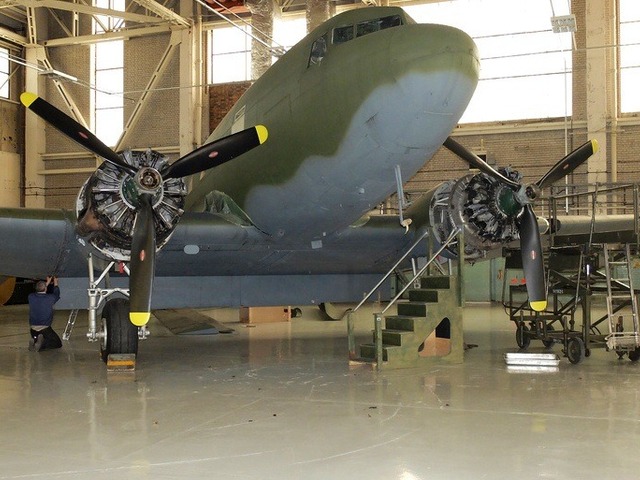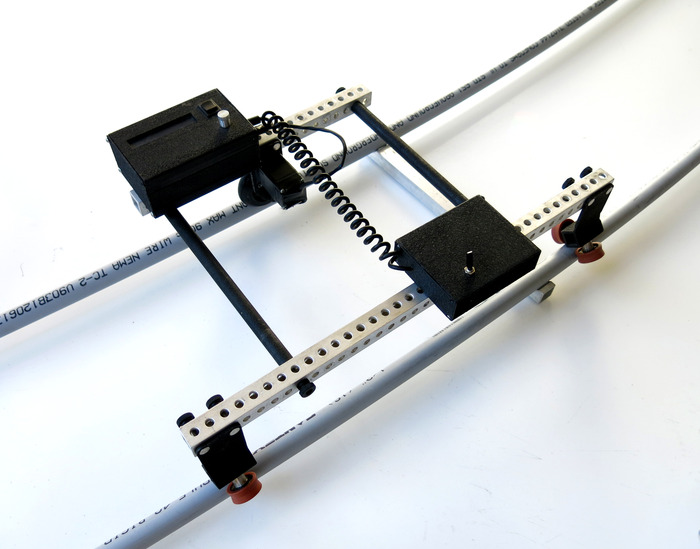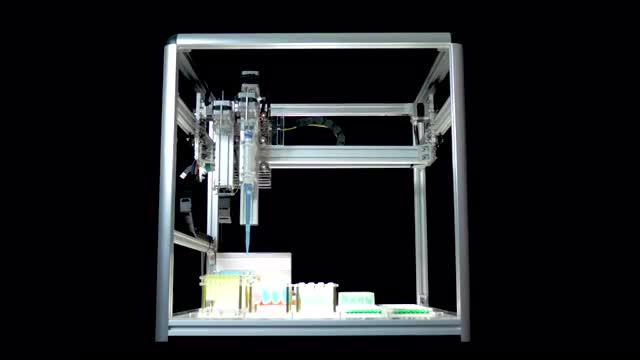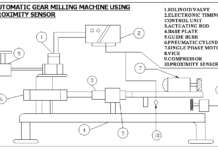WW2 D-Day Dakota to fly again!
Come and fly on Douglas Dakota KG651 with RAF Transport Command Memorial.
This is YOUR chance to fly IN a Dakota in the UK and fly alongside a SPITFIRE!
We need you! Help us to restore this classic Douglas Dakota to it’s former flying glory and send it back into the skies.
Our mission is to fly passenger flights in the UK, an experience that has not been possible since 2008! The Dak is Back tour will visit every corner of the UK. Battlefield sightseeing trips over Normandy and Arnhem PLUS formation experiences with aSPITFIRE and HURRICANE! These flights will honour the crews of RAF TRANSPORT COMMAND, ensuring these unsung heroes are squarely in the public eye.

David Lord VC
During Operation Market Garden RAF Transport Command won it’s only Victoria Cross, the highest award for gallantry. Flight Lieutenant David Lord won the award for a supply drop. Having dropped his supplies on the Drop Zone (DZ) under heavy anti aircraft fire, Lord was told there were still supplies onboard. With his left wing and engine ablaze, he elected to return to the DZ and deliver the desperately needed supplies. Shortly after the second drop the crippled Dakota could give no more, crashing with all onboard. Only the Navigator survived.

RAF Transport Command served in every theatre of WW2, dropping paratroops and supplies in Europe, single handedly supplying cut off troops in India & Burma, supplying troops in Africa and most importantly for the airline industry, route finding for Atlantic crossings. This paved the way civilian transatlantic flights we take for granted today.
OUR DAKOTA KG651 (G-AMHJ)
In March 2014, RAF Transport Command Memorial took delivery of KG651 and now we will return this graceful aircraft to the skies!

History:
Built in Oklahoma City USA, allocated manufacturers serial number 13468 – 30th May 1944.
•Delivered to the US Army Air Force on 30th May 1944 as 42-108962
•Diverted to the Lend-Lease Programme as RAF Registration KG651 in Montreal – 03 Jun 1944
•Arrived in UK – 13 Jun 1944
•Delivered to 109 Operational Training Unit (OTU) Crosby in Eden, Cumberland – 26 Aug 1944
•24 Sqn Hendon (Now the site of the RAF Museum) – 29 Aug 1945
•1383 Transport Conversion Unit (T)CU Crosby in Eden – Mar 1946
•1333 Transport Support Conversion Unit (TS)CU Leicester East – 23 Jul 1946
•Surplus to requirements, into storage with 22 Maintenance Unit (MU) Silloth, Cumberland – 1 Oct 1946
•Sold by the RAF to Air Prospectors – 21 Nov 1946
Post war our Dakota began it’s civilian career which saw it serve in Africa, the Middle East, Jersey and England. By 1987 it had joined Air Atlantique at Coventry where it served as a pollution control aircraft. In 2000 it was retired and moved to the Assult Glider Trust as a static display aircraft.

Help us achieve our aims. Once airworthy, we will provide passenger flight experiences in our Dakota, including flights alongside famous WW2 aircraft!
For more information visit our website www.raftransportcommandmemorial.com
Risks and challenges
The restoration of KG651 will be undertaken by a dedicated team of vintage aircraft engineers, strictly supervised by the Civil Aviation Authority (CAA). Given it’s history, KG651 is in very good condition, needing very little work, just 2 new engines are required, the rest of the aircraft is a simple inspect and repair.
Challenges to getting the aircraft certified for passenger work are being worked on, the CAA being very helpful. Once the post restoration flight takes place we will complete the paperwork for our Air Operators Certificate. Naturally, aviation encounters delays. Any supporters electing for a flight package will receive their flight as soon as the paperwork is in place.
Our team is very experienced in the world of classic aviation and airline travel. This helps us move things along more smoothly.
We are regularly asked about EASA and the rules in place that prohibit this kind of aircraft flying passengers. These regulations have been misrepresented in the past and we are very advanced in talks with EASA and CAA to include these requirements on our aircraft.















